We may earn money or products from the companies mentioned in this post. This means if you click on the link and purchase the item, I will receive a small commission at no extra cost to you ... you're just helping re-supply our family's travel fund.
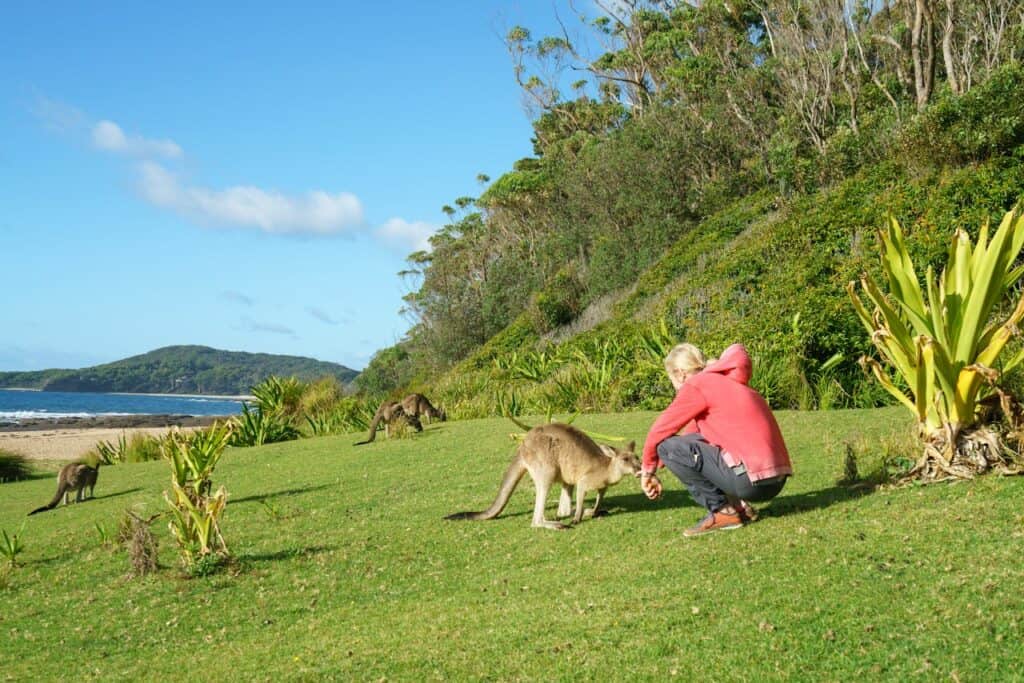
Australia rewards curiosity and respect in equal measure. From coral flats to red desert and mountain forest, the country hosts wildlife that is singular, resilient, and sometimes surprising. Most encounters remain calm when distance and timing are understood. Dawn and dusk matter, tides matter, and seasons shape behavior across states and coasts. Awareness turns fear into judgment, and judgment leaves room for wonder and good stories. These creatures define the landscape as clearly as any landmark or road. Local advice always helps.
Kangaroo
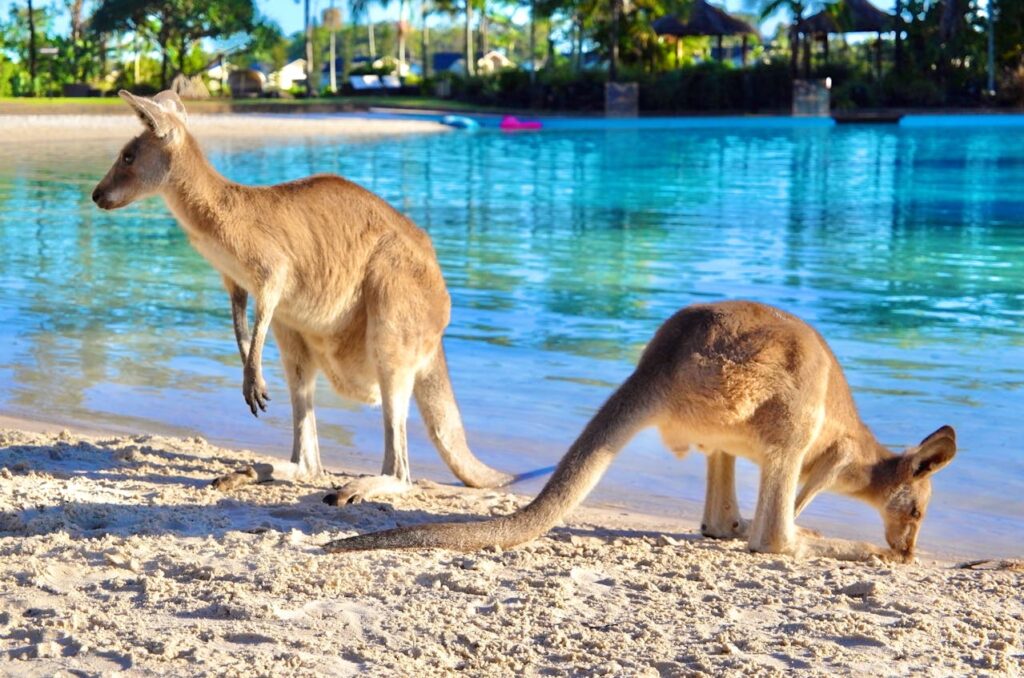
Powerful hind legs and a tail that acts like a third point of balance make kangaroos agile and unpredictable. Grazing peaks at dawn and dusk, and males spar during breeding season while does keep a close bubble around joeys. Fresh roadside grass after rain draws mobs and raises collision risk at twilight. A quiet presence at distance lets the animal choose a path. In open country, movement is brief and direct, and the moment ends without stress for either side. Grass whispers and silence returns.
Koala
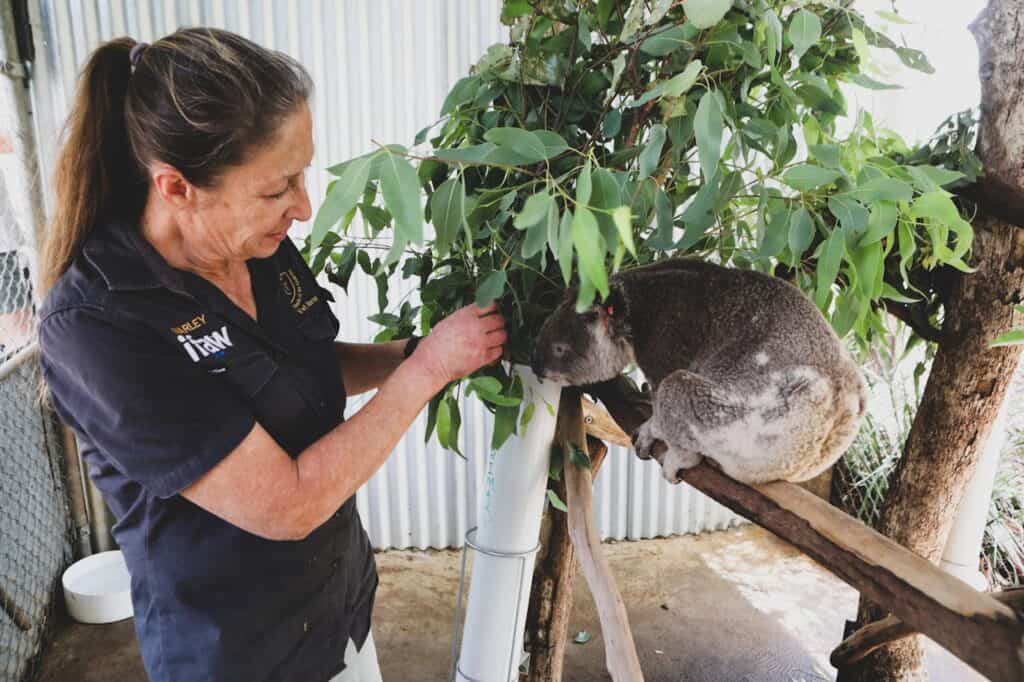
Eucalyptus crowns are home, sleep fills most hours, and activity rises on mild nights in coastal woods and river corridors. Strong claws and a sharp bite sit beneath the soft outline, so close handling belongs to trained carers. Dogs and cars remain the main threats near towns, and wildlife crossings help. On warm afternoons, koalas rest low for shade and climb again after dark. The species tolerates people when left alone, then fades neatly back into leaf and branch.
Wombat
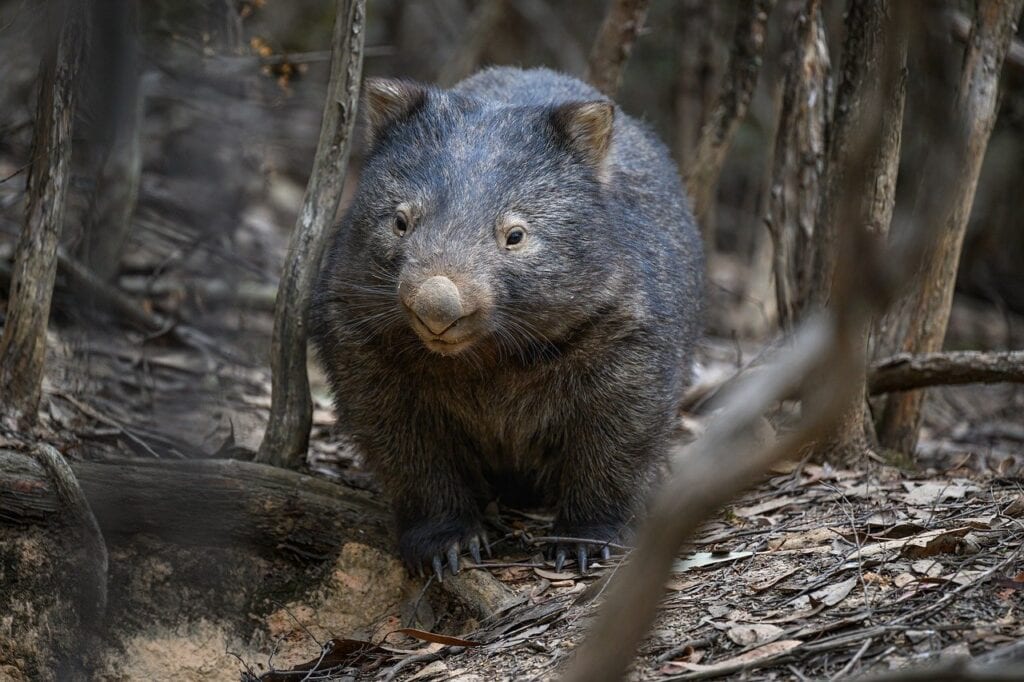
This compact grazer moves like a bulldozer and digs with intent, building burrows that pool cool air in summer and shelter in storms. Surprising speed over short distances makes road verges risky after dark, and heavy bodies can damage vehicles. Cube shaped scat marks routes along fences and creeks, a small field note for anyone reading sign. Respect for burrow mouths avoids collapse and stress. At dusk the animal works the edges, then vanishes into scrub as the cold settles.
Platypus
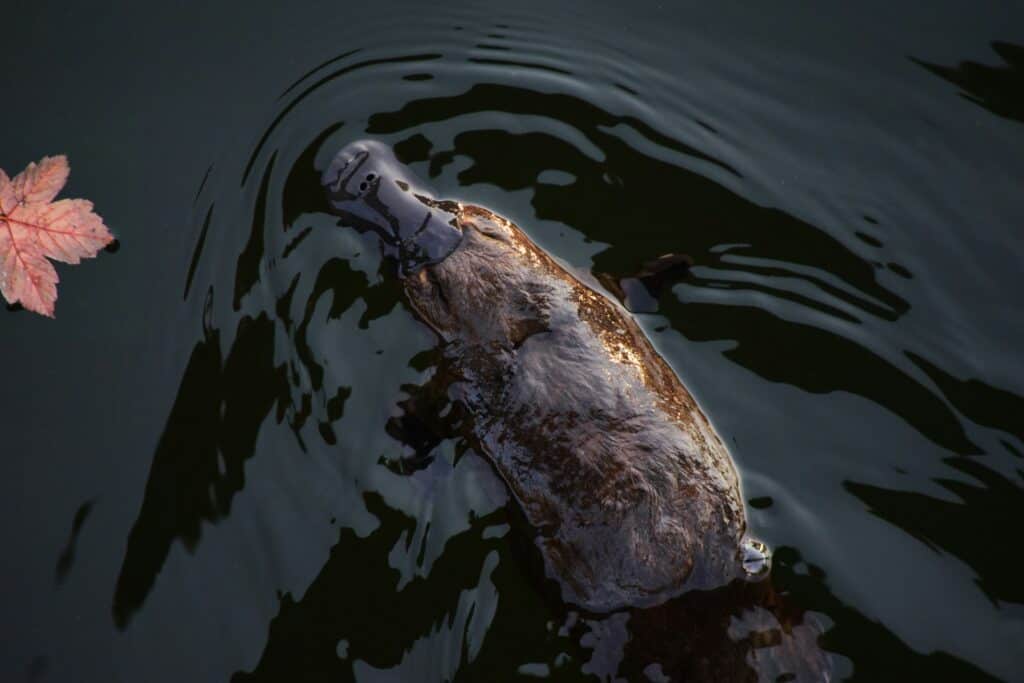
Quiet creeks and tea colored rivers in the east suit this shy monotreme, which hunts with electroreception and surfaces in a steady rhythm. Males carry a venomous spur on each hind leg, used mostly in competition yet serious if handled. Best sightings come at dawn or late afternoon from a still bank, no splashing or strong lights. Local groups keep banks intact and limit weeds, and the animal answers that care with presence. A ripple, a small wake, and it is gone. Then the creek holds still.
Echidna
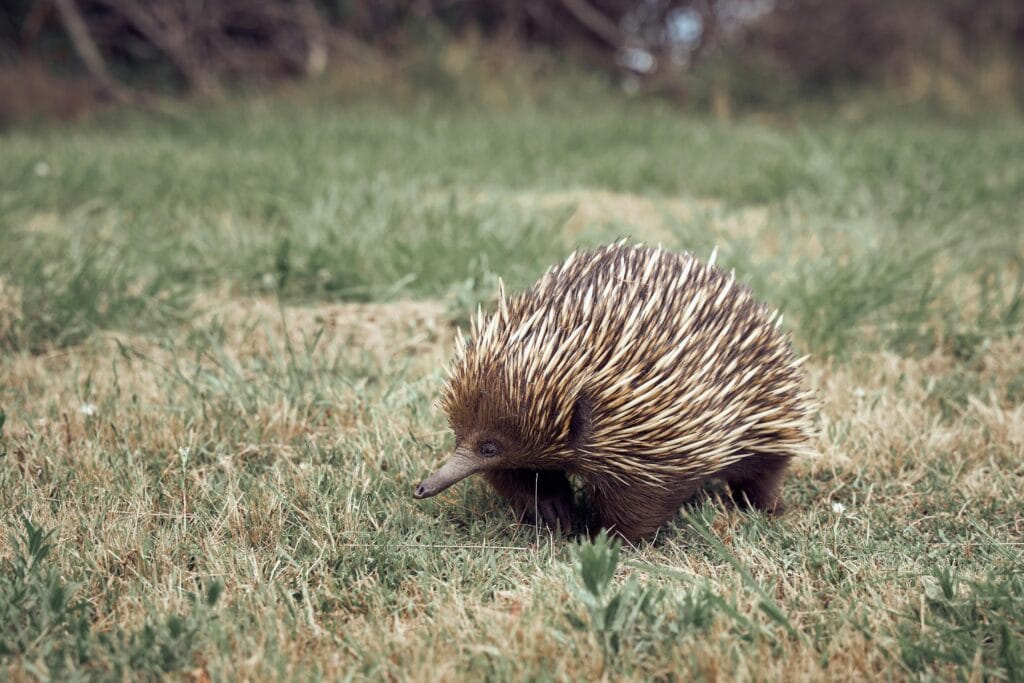
An ancient survivor with spines, strong forelimbs, and a long tongue for ants and termites, the echidna moves in a patient low gear. When startled, it digs down until only spines show, making removal difficult and stressful for all involved. Road crossings can be slow; wildlife fencing and unhurried traffic reduce losses. On cool days it suns on warm shoulders and then disappears into bracken with a rustle and a spray of sand. The design looks simple and proves complete.
Emu
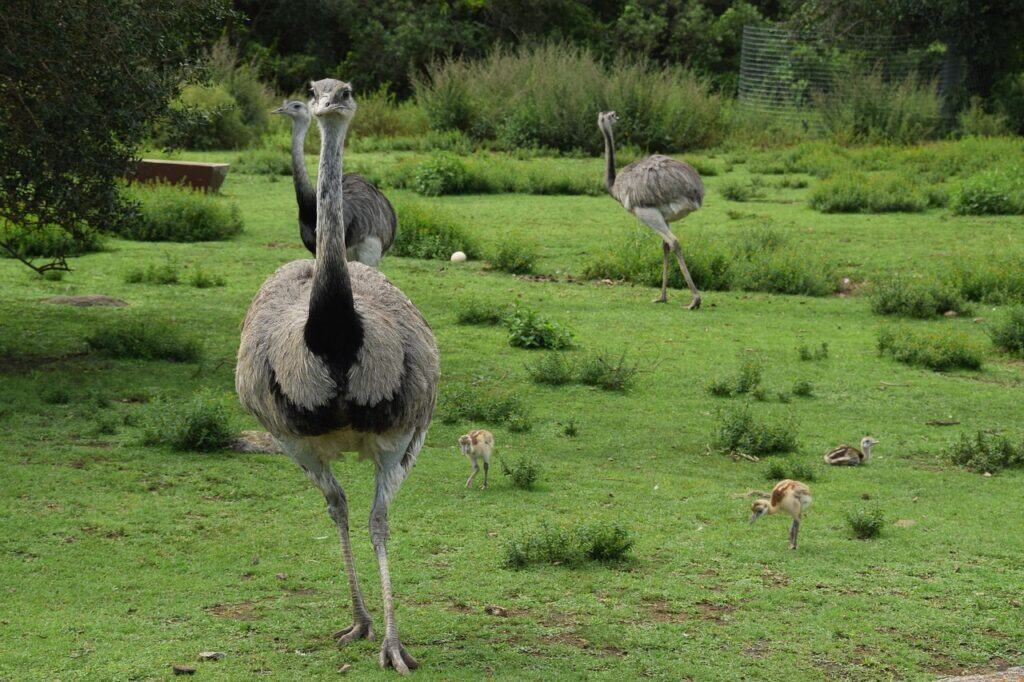
Tall, fast, and curious, the emu patrols open plains and arid scrub in family groups, with males brooding and leading striped chicks. Strong legs deliver real force, so a respectful buffer pays dividends in safety and better behavior. Roadside stops tempt begging, and human food encourages pushy birds and poor health. During dry spells, water points draw birds from distance and create crowded scenes that deserve space. A lifted neck and focused stare often signal rising tension.
Southern Cassowary
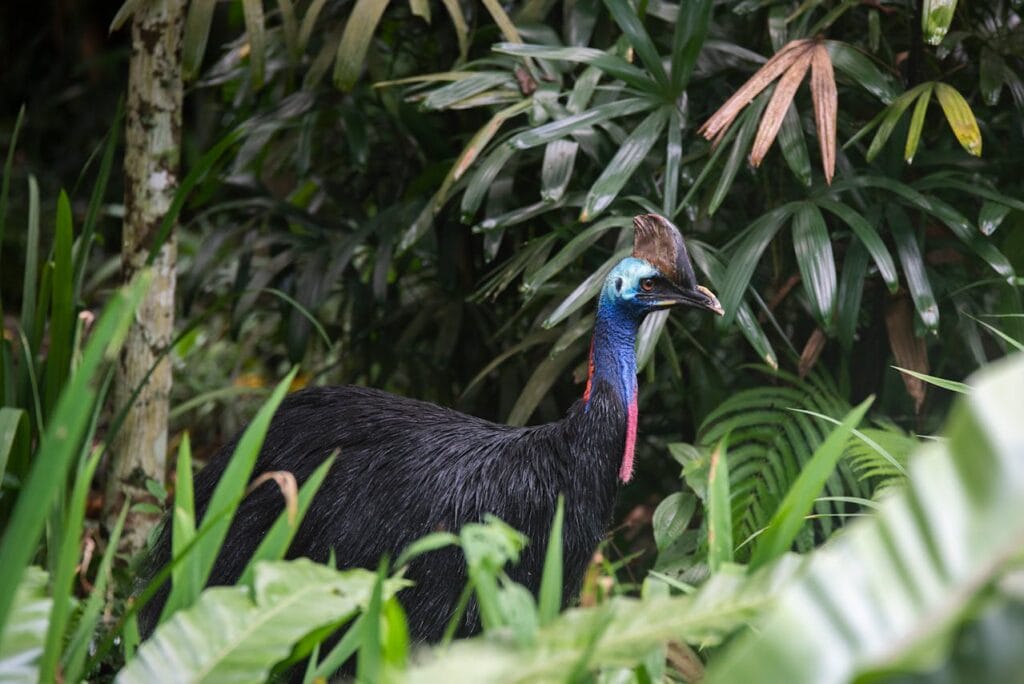
Rainforests in Queensland shelter this heavy, helmeted bird that disperses large seeds and keeps tropical forest diverse. A tall casque, vivid neck skin, and long toes signal power and a need for distance, especially where feeding has occurred near towns. Signs and gates exist for a reason, and clean camps reduce conflict. Dogs and cars cause many incidents. A steady walk past roadside fruit keeps encounters brief and calm, and the forest keeps its quiet gardener at work.
Dingo
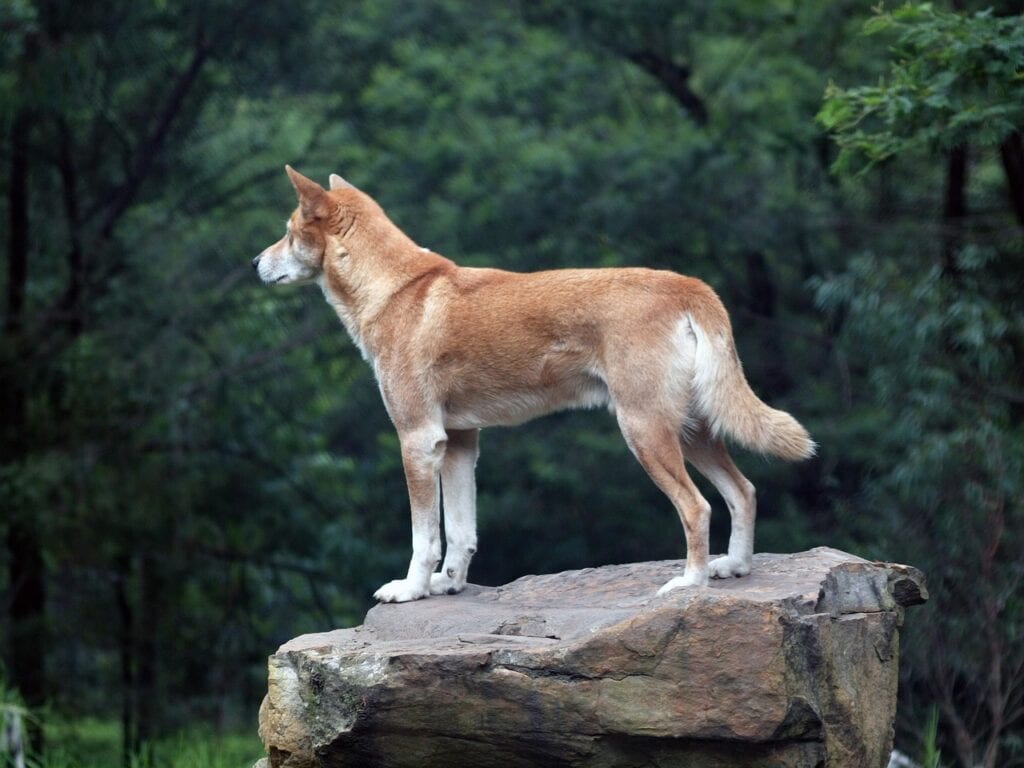
Australia’s wild dog moves with economy, reading wind and ground with the same care shown by any successful hunter. Packs range across desert and coast, and some islands set strict rules to protect both people and animals. Feeding changes behavior quickly and brings fines in managed zones. Secure food, clean bins, and calm posture turn curiosity into a short, neutral meeting. Dingoes are protected in many regions for cultural meaning and ecological role in native systems.
Saltwater Crocodile
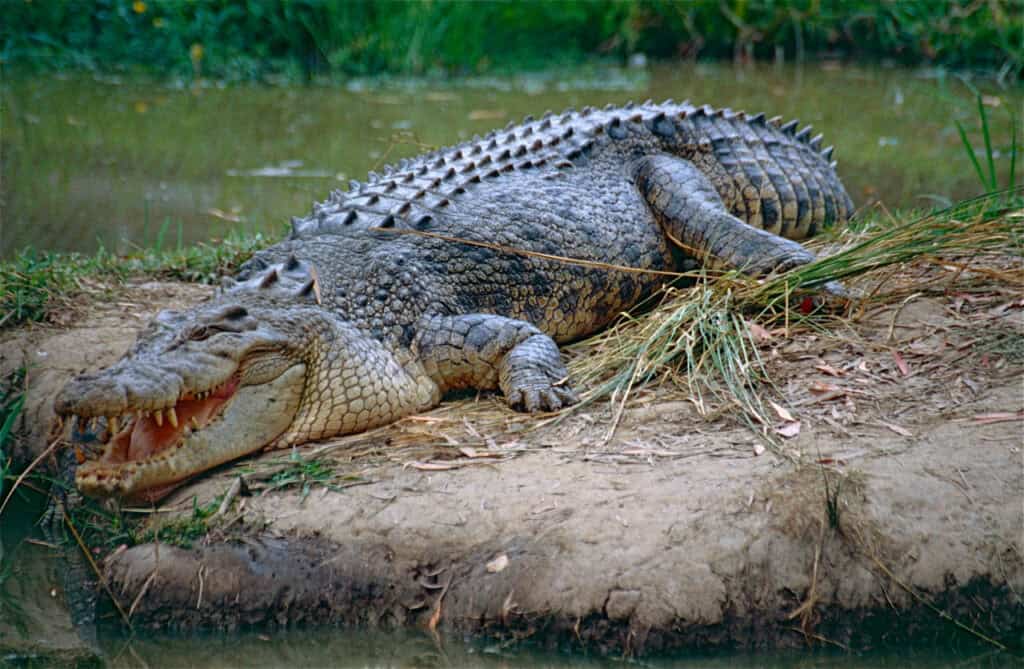
Tidal creeks and river mouths in the Top End suit this apex hunter, which reads tide and habit with perfect patience. Nesting peaks in the wet season, and large adults hold territories that include popular boat ramps. Safety follows posted signs and local advice, with camps set high and well away from water. Murky edges deserve space. In well run parks, rangers share recent movements and closures, and visitors leave with strong respect rather than dangerous stories. The river keeps its secrets.
Eastern Brown Snake
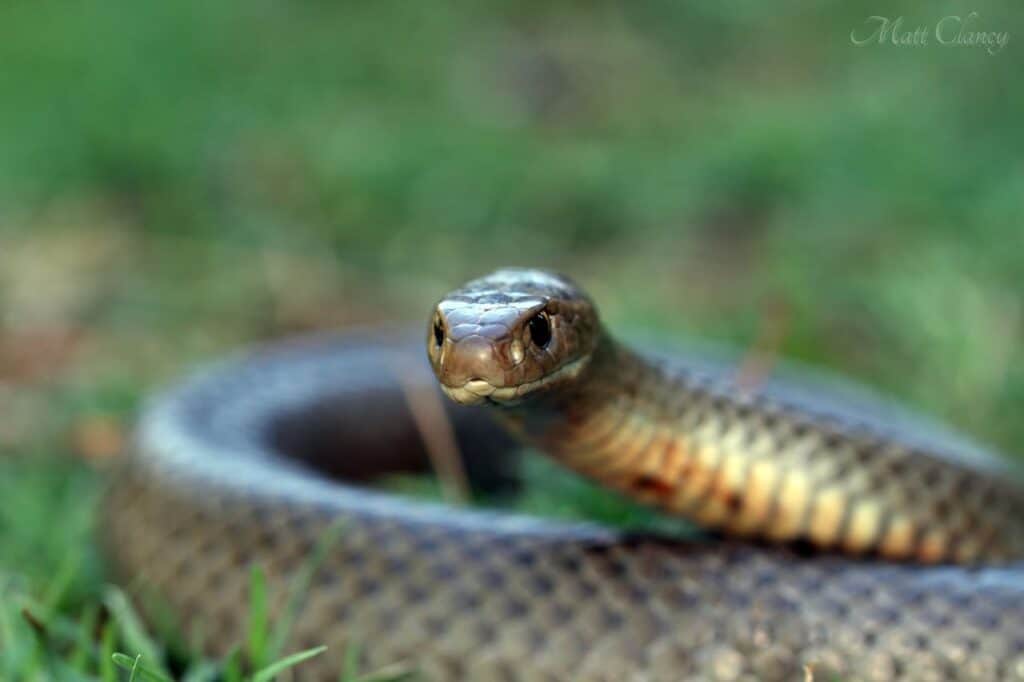
Lean, quick, and highly venomous, this snake thrives in grasslands, farms, and suburban edges where rodents are common. Most serious bites occur when someone attempts to kill or handle a snake, a mistake that turns routine into crisis. Stillness and a slow step back lower risk for both sides. In warm months the species uses shaded verandas and scrap piles for cover. Professional relocation and tidy yards work better than fear, and pest control continues quietly in the background.
Sydney Funnel Web Spider
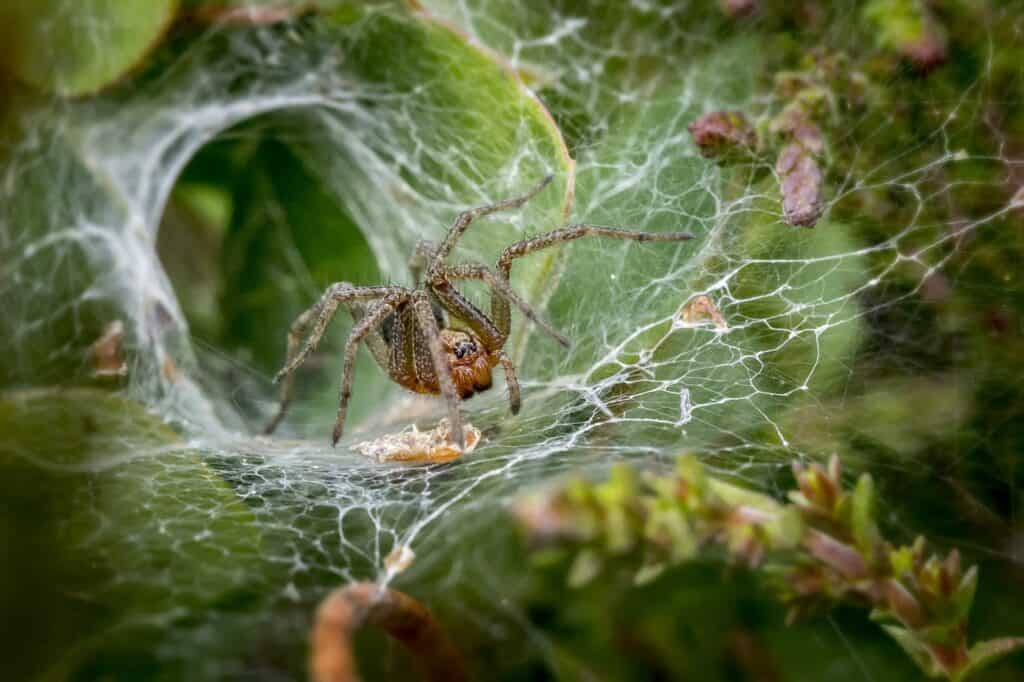
Glossy black and ground dwelling, the funnel web lives in moist leaf litter and garden walls along the east coast. Males roam on warm nights after rain and sometimes enter sheds to escape heat. Bites are medical emergencies, but antivenom has made outcomes far better since the 1980s. Shoes tipped out, yards kept neat, and awareness after storms reduce close calls. Routine replaces panic when habits are sound, and households stay calm through the summer cycle. Calm replaces the headline.
Blue Ringed Octopus
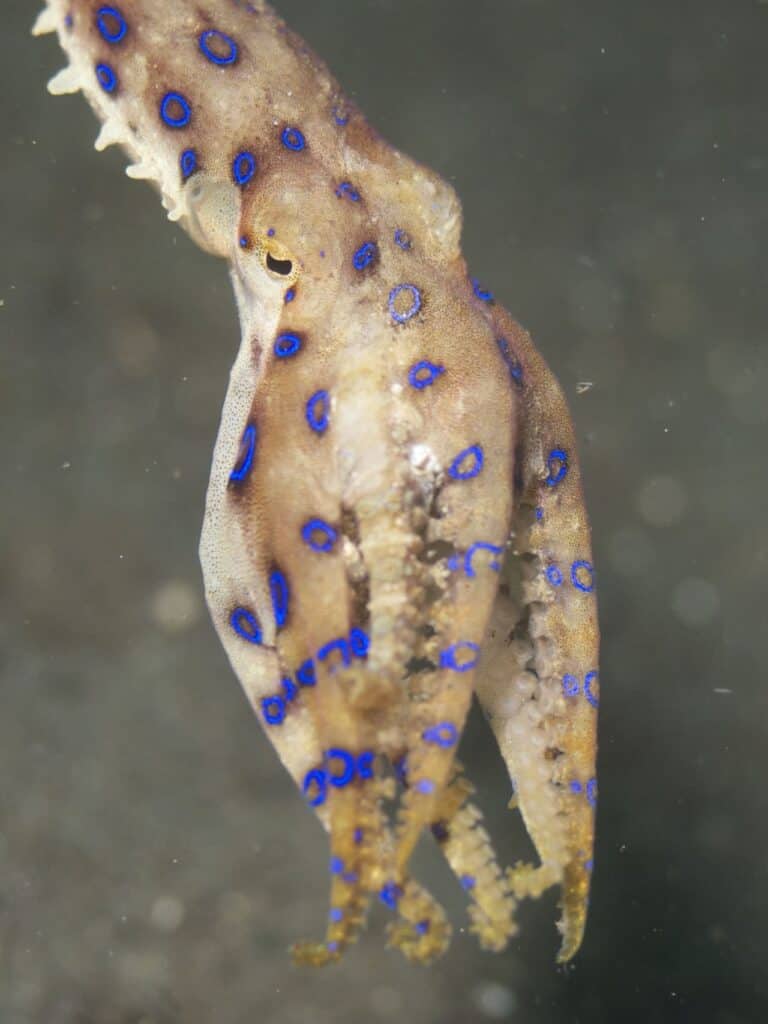
Small enough to sit in a palm, this tide pool hunter carries venom that can stop breathing, signaled by blue rings that glow when stressed. Most stings follow handling, often when shells or bottles hide a resting animal. Clear hands, careful lifts with tools, and a habit of leaving live finds in place keep beach days simple. Lifesavers and local notices flag recent sightings in popular coves. Beauty and danger share one small body, and both deserve unhurried space. The rock pool breathes again.
Box Jellyfish
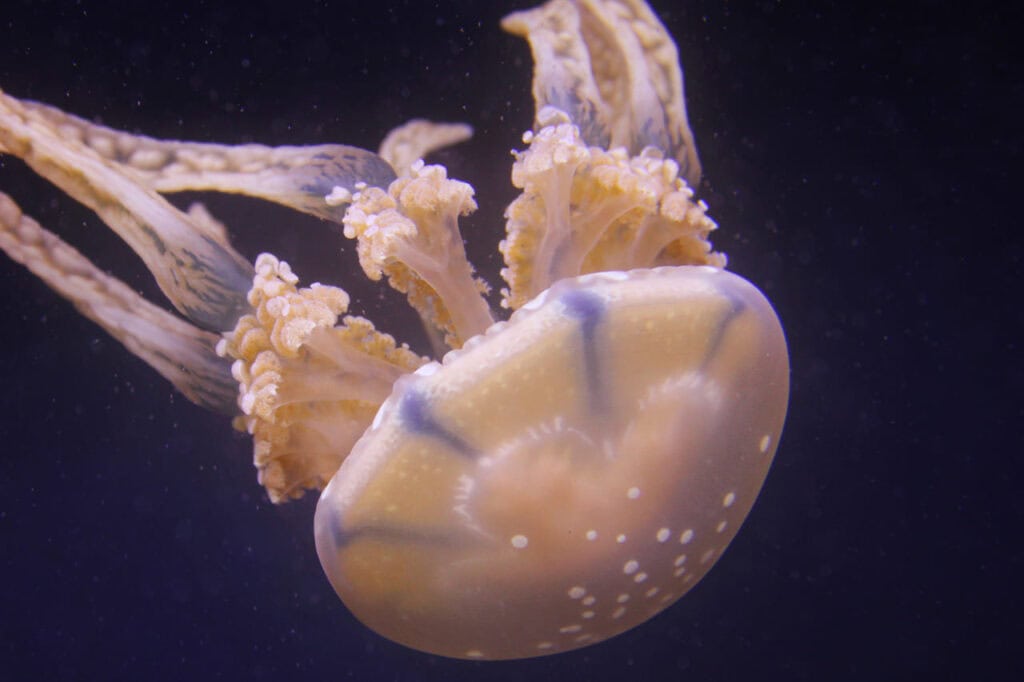
Northern waters warm through summer, and translucent bells with long stinging tentacles drift near beaches and estuaries. Councils set stinger nets, patrols post current reports, and swimmers wear protective suits in season. Vinegar stations stand near many entries as a first step before medical care. Timing matters; early mornings on calm days can bring higher risk in some bays. Attention to closures and flags respects the sea and keeps a day light and uneventful. Calm water stays friendly.